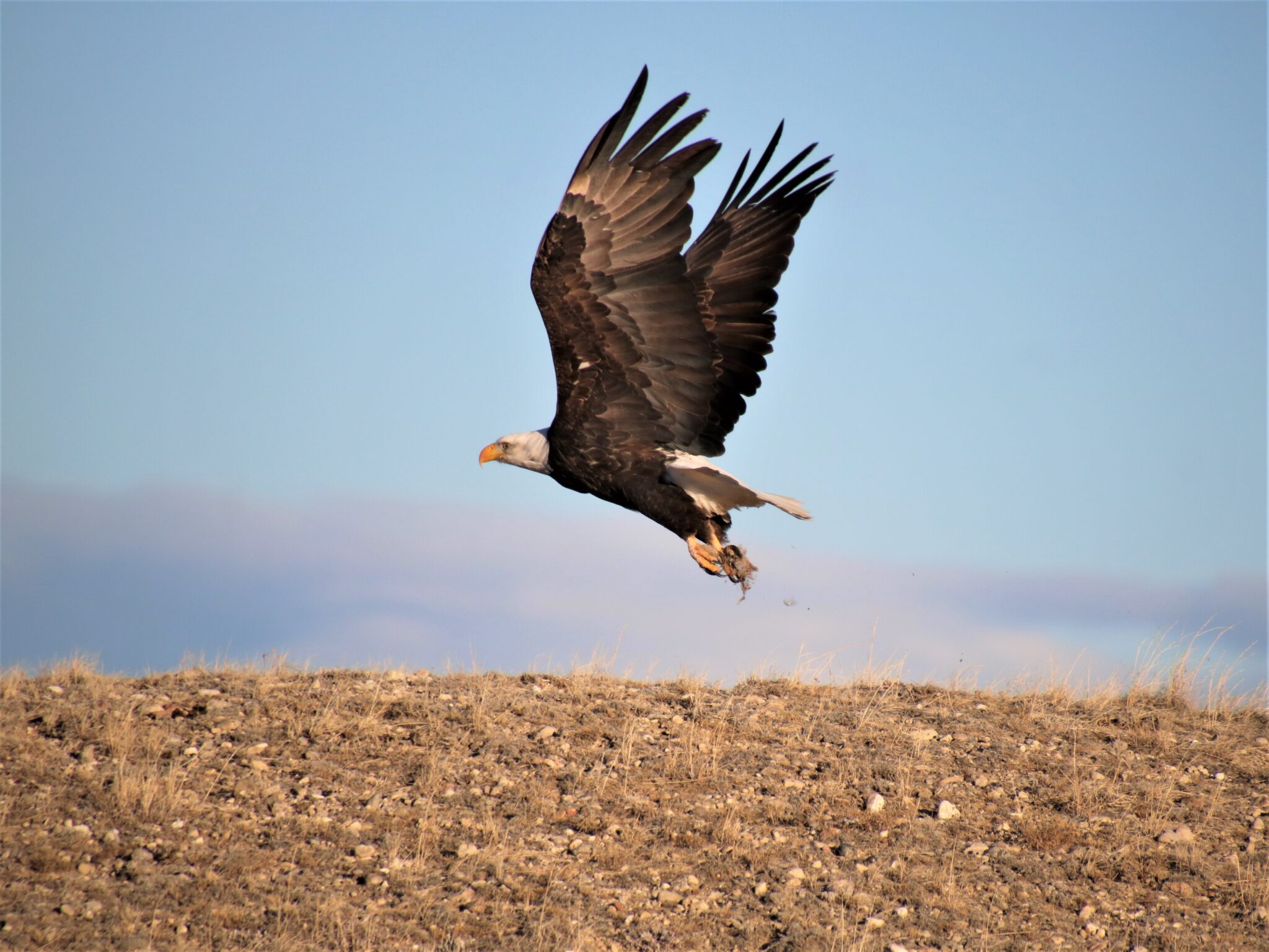News
Volunteers Count 436 Eagles in the Powder River Basin During Midwinter Survey

Ninety volunteers spent the morning of January 6 searching for bald and golden eagles along more than 1,500 miles of public roads in the Powder River Basin. Volunteers counted 436 eagles as part of the nationwide Midwinter Bald Eagle Survey coordinated locally by the Bureau of Land Management Buffalo Field Office. Volunteers this year counted 279 bald eagles, 118 golden eagles, and 39 eagles of undetermined species, a slight decrease from the 461 birds counted last year. Despite the decline, this year’s total falls within the average count of 400 to 500 eagles seen annually. A record high of 576 eagles were counted in 2022.
Observers documented fewer large concentrations of eagles at several roost sites. Conversely, some survey routes counted more eagles than usual, suggesting that the birds may have been more widely spread across the basin. Many observers also noted less roadkill than in previous years, which is a common food source for eagles in the area. Additionally, the mild weather throughout December likely contributed to the decreased count.
While hundreds of bald eagles are seen in the basin during winter, only a few of them nest in the area. Greater numbers of golden eagles remain in the Powder River Basin to breed. The additional winter populations migrate north in February, March, and April, returning to Canada and Alaska.
The information gathered by the survey is used by wildlife researchers and managers nationwide and is valuable on the local level as well. In the Buffalo Field Office, the data collected helps the BLM determine important habitats in Campbell, Johnson, and Sheridan counties. The national Midwinter Bald Eagle Survey effort began in 1979 as an effort to identify wintering habitat and develop a population index for the struggling eagle population in the lower 48 states.
Collecting eagle data over the long-term has allowed analyses of population trends that help monitor the overall health of the species. Other regions of the state also participate in this annual survey. Wildlife professionals from the BLM, U.S. Forest Service, National Park Service, and U.S. Fish and Wildlife Service help coordinate local surveys across Wyoming.

